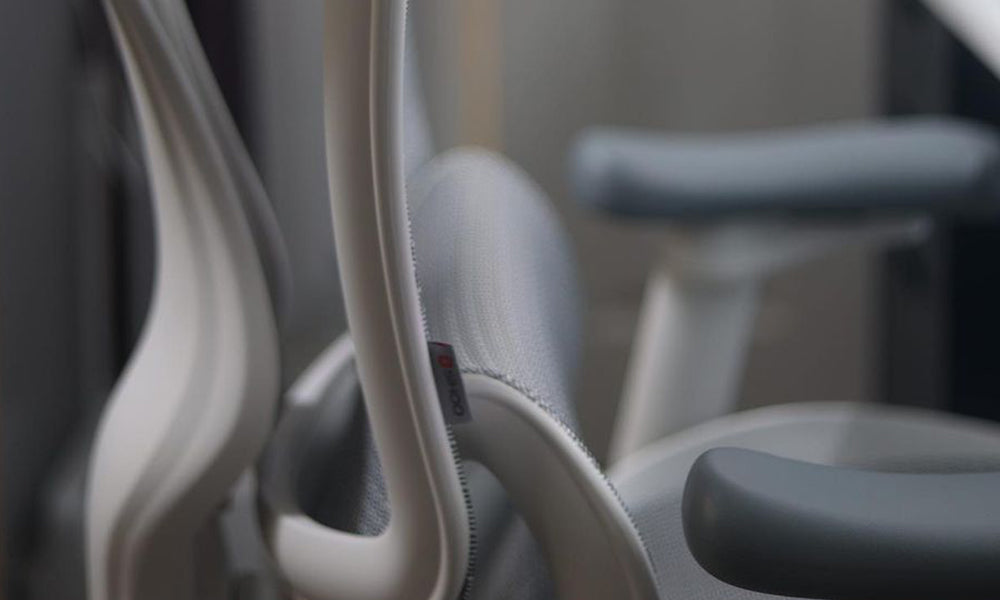Standing desks are becoming increasingly popular in the workplace, but their benefits extend far beyond the corporate world. Educational institutions are beginning to recognize the potential advantages of standing desks for students. As we delve into this topic, we'll explore the myriad reasons why standing desks can be a game-changer for students of all ages.
Health Benefits
One of the most compelling reasons to consider standing desks for students is the array of health benefits they offer.
a. Reduced Risk of Obesity
Prolonged sitting is associated with weight gain and obesity. Students who sit for extended periods, especially in environments that encourage sedentary behavior, are at a higher risk of becoming overweight. Standing desks promote movement and can help students burn more calories, which can contribute to better weight management.
b. Improved Posture
Traditional desks often lead to poor posture, which can cause a host of problems, including back and neck pain. Standing desks encourage a more natural alignment of the spine, helping students maintain better posture and reduce the risk of musculoskeletal issues.
c. Decreased Risk of Chronic Diseases
Sitting for long periods has been linked to an increased risk of several chronic diseases, including heart disease, diabetes, and certain cancers. By reducing sedentary time, standing desks can help mitigate these risks, contributing to the overall long-term health of students.
Enhanced Cognitive Function
The benefits of standing desks aren't limited to physical health. They also have a positive impact on cognitive function and academic performance.
a. Increased Alertness and Energy Levels
Standing promotes better blood flow and circulation, which can help students feel more alert and energetic. This heightened state of alertness can improve concentration and focus, making it easier for students to engage with their lessons and retain information.
b. Improved Classroom Engagement
When students use standing desks, they are more likely to participate actively in class discussions and activities. The freedom to move around can help reduce feelings of restlessness and boredom, leading to a more dynamic and interactive classroom environment.
c. Enhanced Memory and Learning
Research suggests that physical activity, including standing and moving, can boost brain function and improve memory. This means that students who use standing desks may find it easier to absorb and recall information, leading to better academic outcomes.
Behavioral Benefits
Standing desks can also have a positive impact on student behavior, which is crucial for a productive learning environment.
a. Reduced Behavioral Problems
Students who spend less time sitting may exhibit fewer behavioral issues. The opportunity to move and change positions can help reduce restlessness and impulsivity, leading to a calmer and more focused classroom atmosphere.
b. Improved Mood and Reduced Stress
Physical activity, including standing, is known to release endorphins, which can improve mood and reduce stress levels. Students who feel better emotionally are likely to be more engaged and cooperative, contributing to a more positive and supportive learning environment.
Promoting Lifelong Healthy Habits
Introducing standing desks in schools can help instill healthy habits that students can carry into adulthood. By encouraging students to be more active and mindful of their posture, schools can play a pivotal role in promoting lifelong health and well-being.
Customizable Learning Environments
Standing desks offer a level of flexibility that traditional desks simply can't match. They can be adjusted to suit the height and needs of individual students, creating a more personalized learning environment. This customization can help accommodate students of different ages, sizes, and abilities, ensuring that all students can benefit from the use of standing desks.
Supporting Active Learning Strategies
Standing desks can be a valuable tool in implementing active learning strategies, which emphasize student participation and engagement.
a. Facilitating Group Work and Collaboration
Standing desks can be easily rearranged to facilitate group work and collaborative projects. This flexibility allows for a more dynamic and interactive learning experience, fostering teamwork and communication skills.
b. Encouraging Hands-On Activities
Many subjects, particularly those involving hands-on activities, can benefit from the use of standing desks. Science experiments, art projects, and other practical tasks can be more easily managed with the freedom of movement that standing desks provide.
Practical Considerations and Implementation
While the benefits of standing desks are clear, practical considerations must be addressed to ensure their successful implementation in schools.
a. Gradual Integration
Introducing standing desks gradually can help students and teachers adapt to the new setup. Starting with a few standing desks in each classroom and gradually increasing their number can make the transition smoother.
b. Educating Students and Staff
Education is key to successful implementation. Both students and staff need to understand the benefits of standing desks and how to use them effectively. Providing training and resources can help ensure that everyone is on board and able to make the most of the new furniture.
c. Balancing Standing and Sitting
It's important to strike a balance between standing and sitting. While standing desks offer numerous benefits, students should still have the option to sit when needed. Providing stools or adjustable desks that can switch between sitting and standing positions can help achieve this balance.
Conclusion
Standing desks have the potential to revolutionize the classroom environment, offering a wide range of benefits that extend beyond mere physical health. By promoting better posture, enhancing cognitive function, improving behavior, and supporting active learning strategies, standing desks can contribute to a more engaging and effective educational experience. As schools continue to explore innovative ways to enhance student well-being and academic performance, standing desks represent a promising and practical solution. Embracing this change could be a significant step toward creating healthier, happier, and more successful students.






Commenta
Questo sito è protetto da hCaptcha e applica le Norme sulla privacy e i Termini di servizio di hCaptcha.